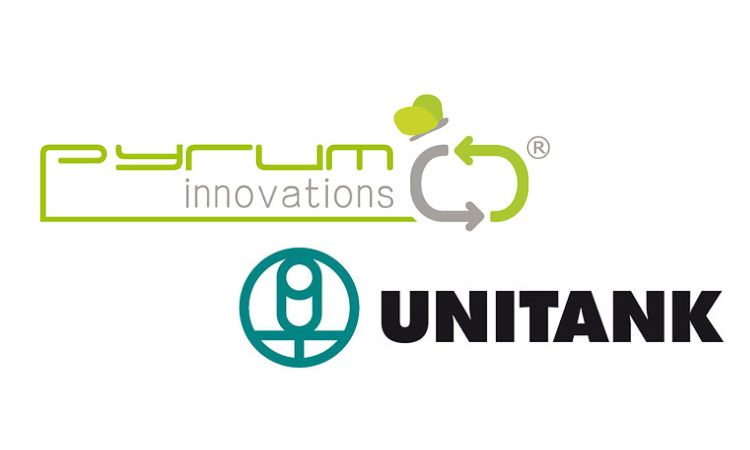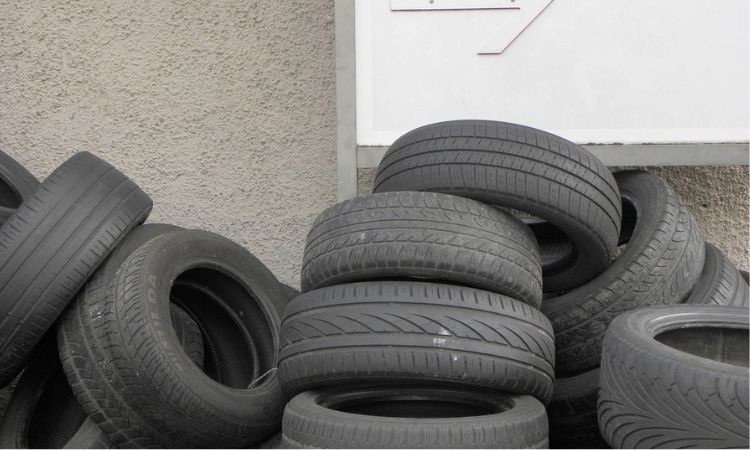Industry promotes better use of end-of-life tire rubber
The Renewable Transport Fuel Association of the UK (RTFA) reports that its thirteen members and Tyre Recovery Association (TRA) of the UK have built a collaboration to promote greater uptake of pyrolysis, an advanced chemical recycling technology. To achieve this, they are funding a consultancy to contribute to the Environment Agency’s review of recovery options for end-of-life tires. Specifically, the group is seeking to demonstrate that pyrolysis is a sufficiently thorough and environmentally-safe process, and that the products should be classified as resources, not waste.
In view of RTFA and TRA:
- There is a huge potential for the pyrolysis sector to assist Government in achieving Net Zero by 2050
- Pyrolysis provides a sustainable solution for waste tires, which have limited alternative outlets, converting them fuels which reduce greenhouse gas emissions
- The classification of these valuable products as waste, simply because they were made from waste, creates a bureaucratic hurdle which is hindering progress
- Industry proposes that pyrolysis oil from tyres forms part of the Environment Agency’s review of the Quality Protocol for Tyre-derived rubber materials
Gaynor Hartnell, Chief Executive of the RTFA said:
“The Department for Transport promotes the use of fuels made from renewable materials, and has an incentive for turning challenging wastes into renewable alternatives to diesel. These are termed “development fuels” and are seen as strategically-important in decarbonizing freight and heavy vehicles.”
Peter Taylor, Secretary General of the Tyre Recovery Association said
“The commercialization of pyrolysis of waste tires has the potential to open up a whole new range of possibilities, but we need our regulators to be onside. Investment in pyrolysis technologies here in Britain will significantly increase our own domestic recycling resilience and deliver much higher value outcomes.”
Background
Each year over half a million tons of tires reach the end of their useful life. To be part of the circular economy, they would need to be reprocessed into new materials, or partly renewable transport fuel to substitute for diesel. This can be done by a process known as pyrolysis, which is becoming recognized as an increasingly environmentally desirable outcome.
Currently, end-of-life tires can be directly recycled via retreading, or turned into rubber-derived materials used for sports surfaces etc or burned in cement kilns. However, these outlets are insufficient to absorb all used tires, and as much as half of the UK’s end of life tire production is exported to countries where environmental and health controls are less rigorous. Both the UK and importing countries want to see this trade stopped, which will increase the demand for processing capacity in the UK. [In 2018, almost half of the UK’s ELT arisings were exported to India, where around third of it was used in in India’s ‘brick belt’, where the following problems can occur; unsafe working conditions and environmental pollution.]
Chemical recycling via the pyrolysis process, is one of the only ways of recycling rubber to make new tyres. Pyrolysis turns end-of-life tires into tire pyrolysis oil (TPO) and char. The TPO can be made into fuel, or substituted for crude oil in refineries. Car tires contain just over 40% natural rubber (which is a form of biomass) and 60% fossil fuel derived rubber. Truck and other large tires such as those from tractors, aircraft and mining equipment typically comprise around 60% natural rubber. Fuels and materials made from tires are therefore partly renewable and their use saves the emission of greenhouse gas emissions.
The pyrolysis process
Pyrolysis is the thermal decomposition of hydrocarbon/organic-based materials. It operates in an inert atmosphere with no oxygen, which prevents combustion. Heat is used to ‘crack’ chemical bonds in the hydrocarbon polymers, producing smaller molecules which become a syngas vapor. This syngas can then be condensed into a liquid oil, and any remaining can be combusted to heat the pyrolysis reactor. Inorganic materials remain solid and can be recovered for further processing and recycling. Pyrolysis of tire rubber creates an oil, a syngas and a carbonaceous solid residue known as recovered carbon black.
Original press release by RTFA.
Weibold is an international consulting company specializing exclusively in end-of-life tire recycling and pyrolysis. Since 1999, we have helped companies grow and build profitable businesses.









